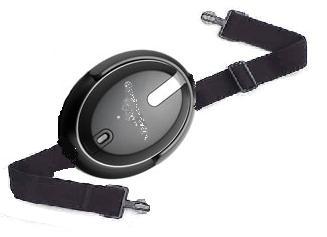Silenced Communication
It would be an obvious statement to say that communication is the key to a functional unit of any kind, inclusive of combatants. It is not so obvious, however, as to what the best means of communication are, as that rapidly varies depending on the situation. Text, speech, and bodily motion are all viable candidates under the right constraints.
From the case studies I’ve reviewed so far, communication has never caused a particular disadvantage to our group except under a few key conditions. The main condition is that, when a smaller group is forced to coordinate against a single, more powerful enemy, the enemy is often able to intercept communication and judge it accordingly quicker than an entire unit can respond to a verbal command. The enemy is, after all, but one mind that needs to react. Most notably among these encounters would obviously be our most recent simulation against Reven. During the heat of combat, it can be difficult to keep a voice low, especially if you’re trying to transmit it over a comm link given proper interference while still trying to remain audible to friendlies alone. As such, I’ve been trying to derive a solution to this issue.
What I’ve come up with as a beta model is this little toy.

The premise is neither impressive nor new, but adaptive. It is a simple mouth piece that is designed quite similarly to, say, a set of noise canceling headphones. In reverse however it is applied as a… noise canceling microphone, so to speak. A strap is applied over the mouth with the protective covering, preventing any sound from escaping, with the inside microphone linking directly to the standard comm system. The only feasible way it could be intercepted is by cracking the channel or having a physical comm link compromised. I’ll be performing a few simulations today while wearing the base model to see how it upholds and performs, as well as to spot any other basic issues.
UPDATE:
Well, after the day I’ve realized that this device is indeed need of work. The concept works great on paper, but I had a few initial oversights.
- First off, my base model has two pins and no cinch on the strap. I was forced to improvise placement for the day.
- Negotiating a balance between proper constraint of attachment to comfort ratio will be tricky, but can likely be solved with a sleeker, better designed model.
- An average combat, as their adrenaline rushes and their body begins to work harder, will cease to breath from their nose and instead breath from their mouth. This device prevents that entirely, though can always be removed/replaced with a simple tug, but I’d like to find a better solution.
So far I think the idea is dead on, but the method used could use some tinkering. Rather than a full bulky mouth cover, I’m going to try and do some research on the possibilities of creating a smaller piece that emits a very small noise-dampening field around the user’s mouth area. The trouble there, however, becomes microphone placement such that possible noise pick up is not simply dampened away before reaching the microphone. The other thought would be to create a much larger apparatus, such as a pilot’s headgear that allows for both radio communication provided with an air tube, but this sacrifices convenience and mobility. This is starting to become more of an engineering problem from here. If any technicians aboard would be interested in helping theorize or create a solution, I’d be more than grateful. Feel free to contact me.
-Crono
March 19th, 2009 at 7:51 pm
What about the use of a mesh to hold the microphone in place, instead of a solid cover?